Chasing the Feather and Egg Rainbow
- stacy
- Aug 30, 2021
- 3 min read

It's inevitable, really. The longer you have chickens, the more of them you'll end up with. It all starts innocently enough. Just a backyard flock of three you think, that will be fun. After a few months or a year, depending upon your tendency to get carried away with things, you'll think you know what would REALLY be fun? If I just had a couple more egg colors in my egg basket or if I had one of those lovely blue or speckled ladies like my friend has. It won't be long before you find yourself at the feed store or on a hatchery website putting all the tempting chick varieties in your shopping cart!
I've had chickens for 10+ years, and I went pretty quickly from having a small backyard flock in the city to moving to the country and expanding the flock into the double digits. I've tried to restrain myself over the years, by not adding new chicks every year and only adding them when we really 'need' a few new layers. This past spring I went a little overboard when I decided to treat myself to some fun breeds to add more color to the flock and expand the number of colors in my egg rainbow. My flock is now up to forty-ish, and the rainbow eggs are rolling in! Here are three of my favorite new chicken varieties just in case you feel the need to indulge your crazy chicken lady self too!
Blue Splash Marans
The Marans breed is well known as a layer of dark chocolate eggs. I started with Black Copper Marans several years ago, and although they laid beautiful eggs, I found them a bit lacking in the personality department. I recently learned about the Blue Splash variety, and I fell in love with their beautiful mix of blue, white and black feathers. I added two to my flock this spring, and to my pleasant surprise my Blue Splash Marans are among the most docile, friendly birds in my flock. They are calm and curious, and are always the first in line for treats. The feather colors of the Blue Splash breed vary in the amount of blue and black. Some will have a strong splash pattern with lots of darker blue and black feathers, while others may be mostly white with a lighter splash pattern. Their feathered feet adds further beauty to this stunning breed, and it's always a treat finding those dark brown eggs in the nest box.
Swedish Flower Hen
The Swedish Flower Hen is what is known as a ‘landrace’, meaning that it was not intentionally bred to develop certain characteristics, but instead it developed through natural selection as it adapted to the environment in which it lived. The feathers can vary considerably in color, from black or blue to red or yellow, but the characteristic they all share is white polka dots or white tips on their feathers, giving the appearance of many flowers. This speckled flowery appearance lead to their name, which comes from their Swedish name that means ‘Bloom Hen’. Because they have not been artificially selected for certain traits, they have a lot of genetic variation that makes them genetically and physically hardy. They lay a light cream to light brown egg. They have confident and independent personalities and are also quite curious and friendly. I'm absolutely thrilled with my two hens, and they are among the best new lap ladies in the flock.
Olive Egger
As their name suggests, Olive Egger chickens lay an olive colored egg which can vary from a lighter olive color to a darker army green. Olive Eggers are a designer type of chicken, not truly a breed but a cross of two breeds. A common cross is that of a blue egg layer such as an Ameraucana hen with a Marans rooster, which caries the dark brown egg gene. Olive Egger hens come in a variety of feather colors and patterns, depending upon which traits they inherit from their parents. Their combs will vary, and they can have fluffy cheeks, crests on their heads and even feathered feet. Both of my Olive Eggers have cute feather crests and golden feathers around their neck with darker feathers on their bodies. They are friendly and inquisitive and are much more calm and relaxed around me than my Easter Egger chickens are.
For the most part my flock has always consisted of the traditional, well known breeds such as Barred Plymouth Rock, Black Australorp, Easter Egger, and Rhode Island Red. These are all wonderful breeds, and I will always have several of these classic beauties in my flock. It’s also fun to add extra flair to your flock, and if you are willing to spend a few more dollars for some eye candy, I think you'll enjoy these fun varieties as much as I do!



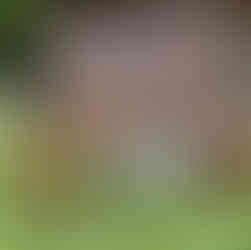








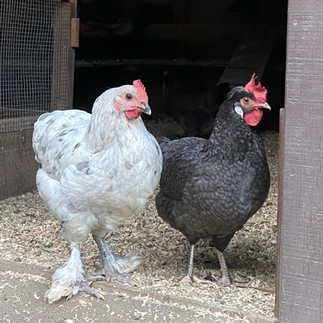
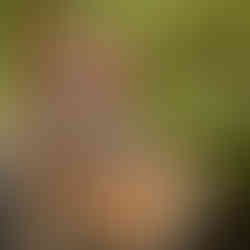

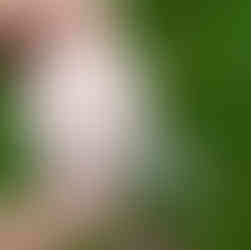


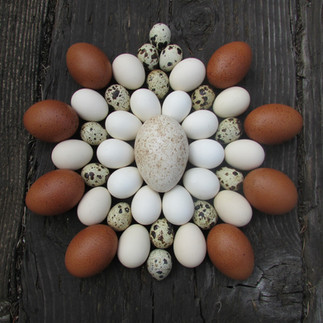



Comments